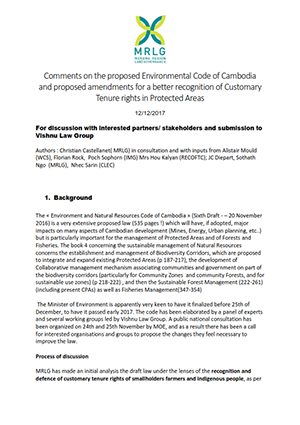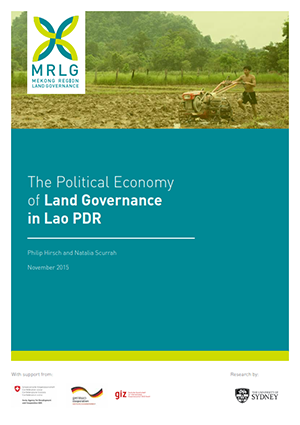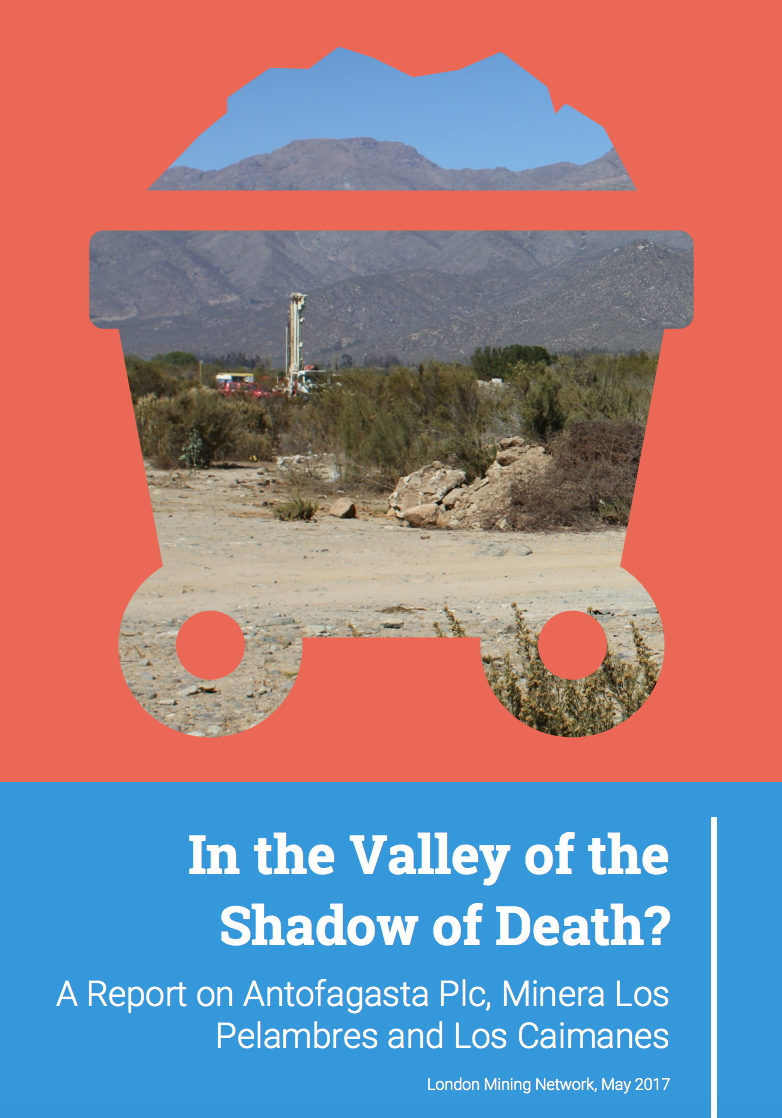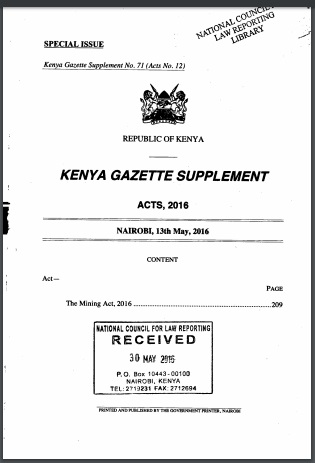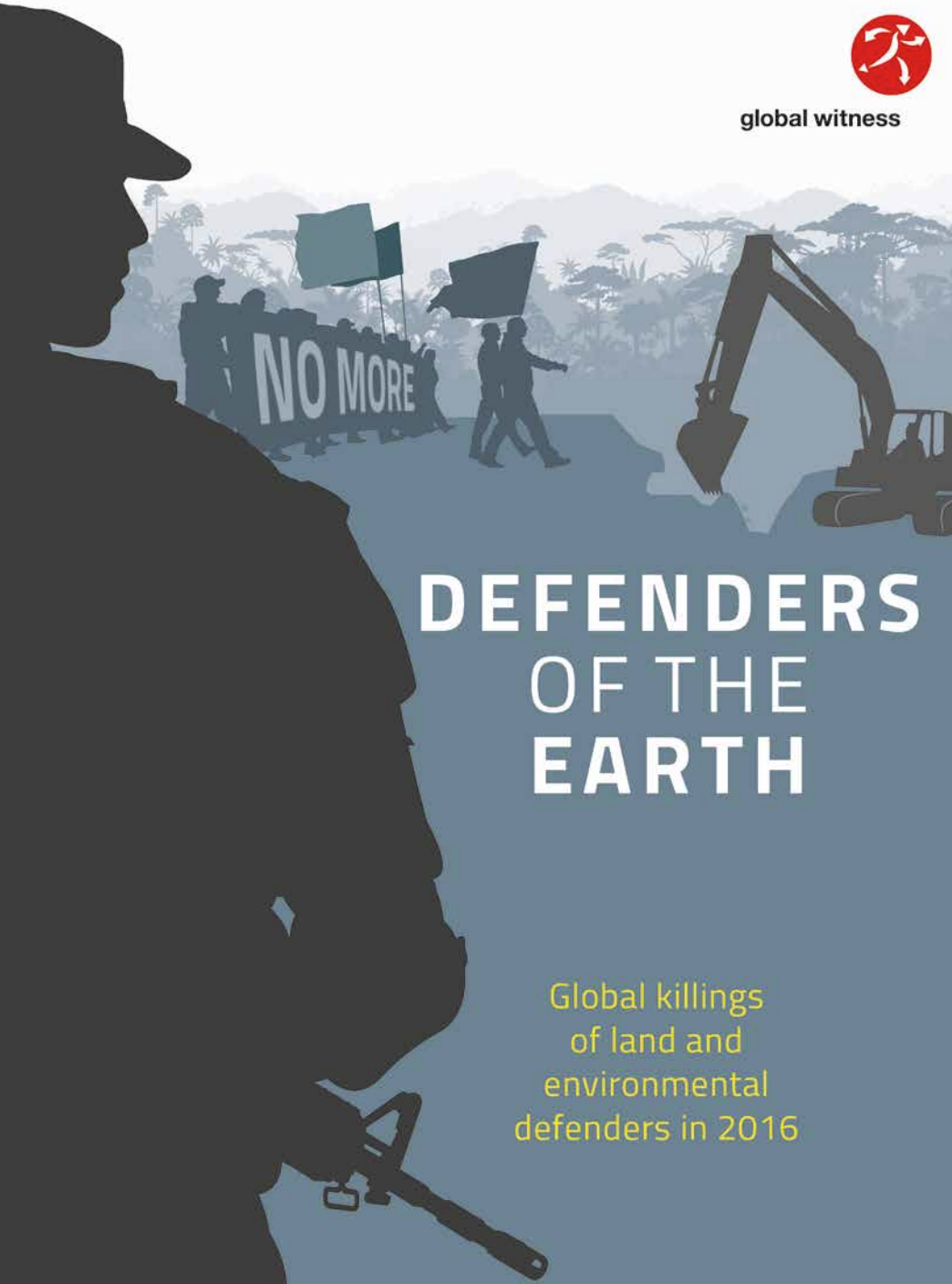Comments on the Proposed Environmental Code of Cambodia (V6) and Proposed Amendments for a Better Recognition of Customary Tenure Rights in Protected Areas
The « Environment and Natural Resources Code of Cambodia » (Sixth Draft – – 20 November 2016) is a very extensive proposed law (535 pages !) which will have, if adopted, major impacts on many aspects of Cambodian development (Mines, Energy, Urban planning, etc..) but is particularly important for the management of Protected Areas and of Forests and Fisheries. The code has been elaborated by a panel of experts and several working groups led by Vishnu Law Group. A public national consultation has been organized by MOE in Dec 2016.

